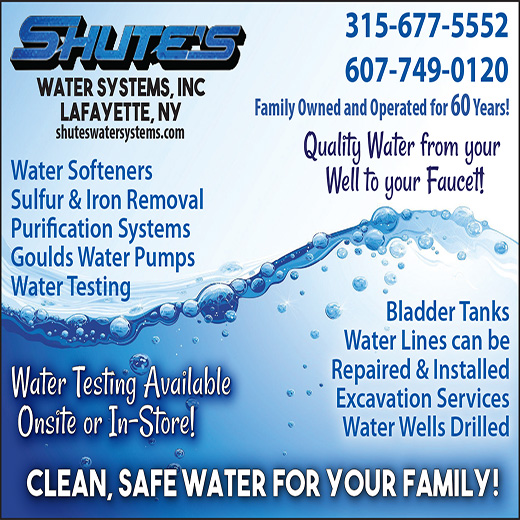As the Winter Thaw Begins, Prevent Ice Damming and Roof Damage to Your Home
Posted by Dustin Horton // March 16, 2015 // Allstate, Articles
Allstate provides New Yorkers with tips to minimize ice damming and roof damage
Worn out by the winter weather? We all are. But don’t let your guard down just yet. Now that the snow and ice are beginning to melt, turn your attention to your roof. If your roofing concerns are too much to handle for you, worry not because you can hire a roof repair specialist. You may consider hiring expert roofing contractors from Four Seasons Kanga Roof who can do the job with great efficiency. You may also contact an expert in roof repair in Kennett Square, PA.
Following harsh winters like the one we’ve experienced this season as we check more here for different kinds of damage around the house, it’s not uncommon for ice dams to form on roof tops and cause damage inside and outside a home, the most common type of damage is mold, so inspect your home and if happen to find some arounf the roof or walls contact a mold removal service. Ice dams are lumps of ice that form on gutters, eaves and valleys, and prevent melting snow from running down. As the snow melts, the water backs up, seeps under shingles or tiles and can eventually leaks into the home, check out the Concord Roofing Pros.
“We know many New York residents are still feeling the effects of the winter blast,” said Allstate New York Spokesperson Jaclyn Darrohn. “However, we want people who have been hammered by the bitter cold conditions to know what to look for and take precautions if it’s safe to do so.”
Minimize Ice Dam Formation on Your Roof
For personal safety, avoid getting on the roof or working from a ladder to remove large amounts of snow and ice. Instead look for “roof repair near me” and you will find a local reliable repair services who can help you fix your roof. Here are other tips from Allstate to help safely minimize potential ice damming damage:
- If it’s safe to do so, use a snow rake or soft broom to clear fresh snowfall from gutters.
- Avoid using any sharp tools or ice picks to remove ice as this can cause more damage.
- Consider calling a licensed expert to remove the snow and ice dams.
- Watch inside your home for unexpected water damage on walls or ceilings
- Identify areas of heat loss in your attic and then properly insulate those areas.
- Contact a duct cleaning company to wrap or insulate heating ductwork in order to reduce heat loss through the attic.
- Ensure there is proper ventilation by installing soffit vents that move air upward to a ridge vent or other venting near the roof ridge
- Seal all openings to the attic (e.g. light fixtures)
- Prior to snow falling, keep gutters and downspouts clear of leaves and natural debris.
Snow: How much can your roof withstand? How much does snow weigh?
Fresh Snow, 10-12 inches
5 lbs/foot2
Packed Snow, 3-5 inches
5 lbs/foot2
Ice, 1 inch
5 lbs/ foot2
Do you have any idea how much snow weight your roof can support? Most people don’t. According to the IBHS, unless there is damage or decay, most residential roofs should be able to hold about 20 pounds per square foot before becoming overly stressed.
If the snow on your roof is approaching the “danger zone” of 20 PSF, you may want to consider having the snow removed to prevent possible damage/collapse. One of the safest ways to do this is with a snow rake, with a long extension arm that allows you to do this from the ground. Another safe option is to hire a licensed professional. If your roof is already unfortunately damaged, then there’s nothing else you can do but to contact an expert who is well-versed in roof repair and roofing replacement services. You can visit sites like https://bondocroofing.com/services/storm-damage/ and hire one.
Policyholders may want to review their policy or contact their agent if they have any questions. By protecting your home using the winter weather tips above, homeowners may avoid experiencing potential damage. Find other ways to protect your home from ice damming at Allstate’s Be Aware and Prepare website: http://www.allstate.com/catastrophe/ice-dam.aspx.












